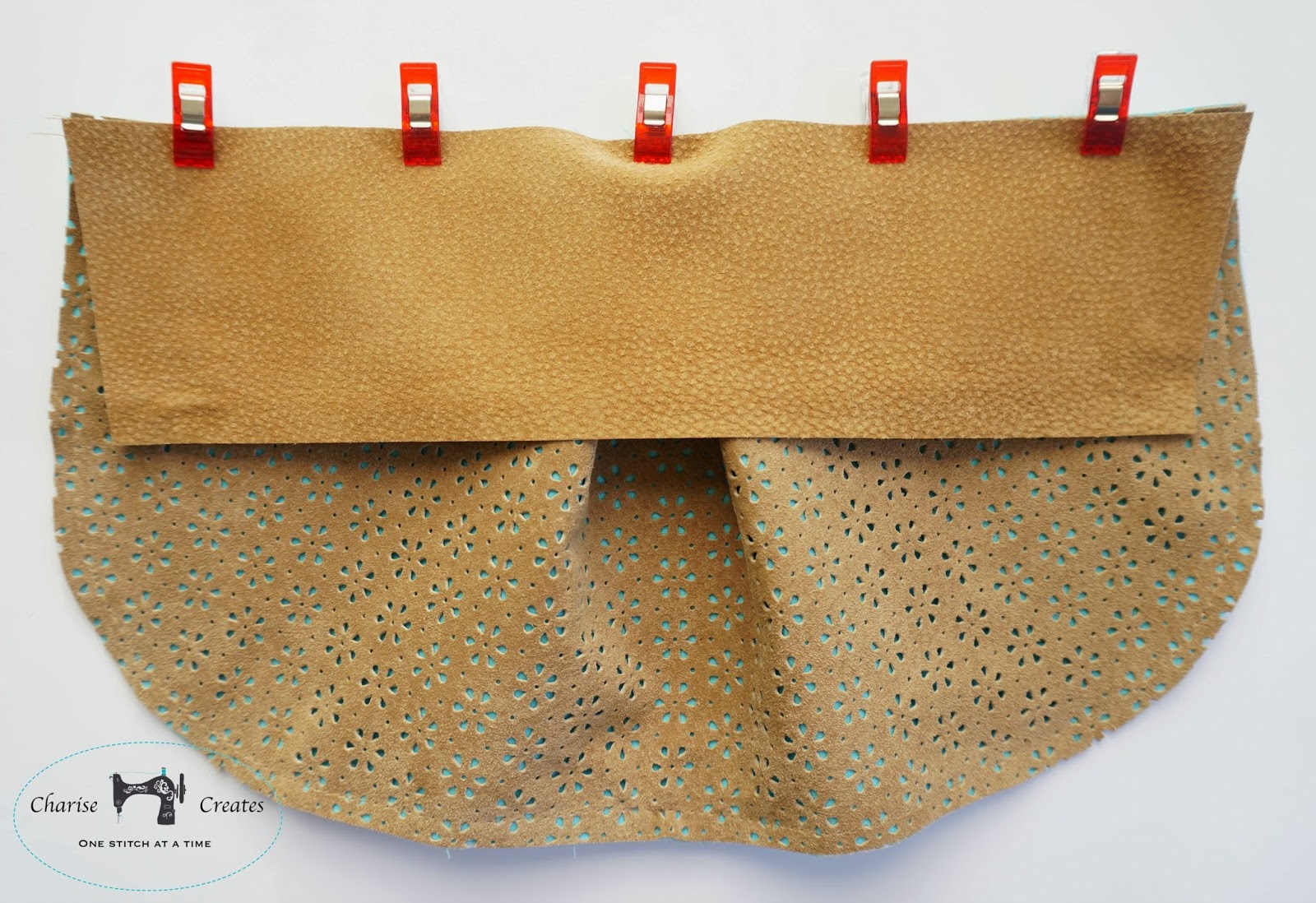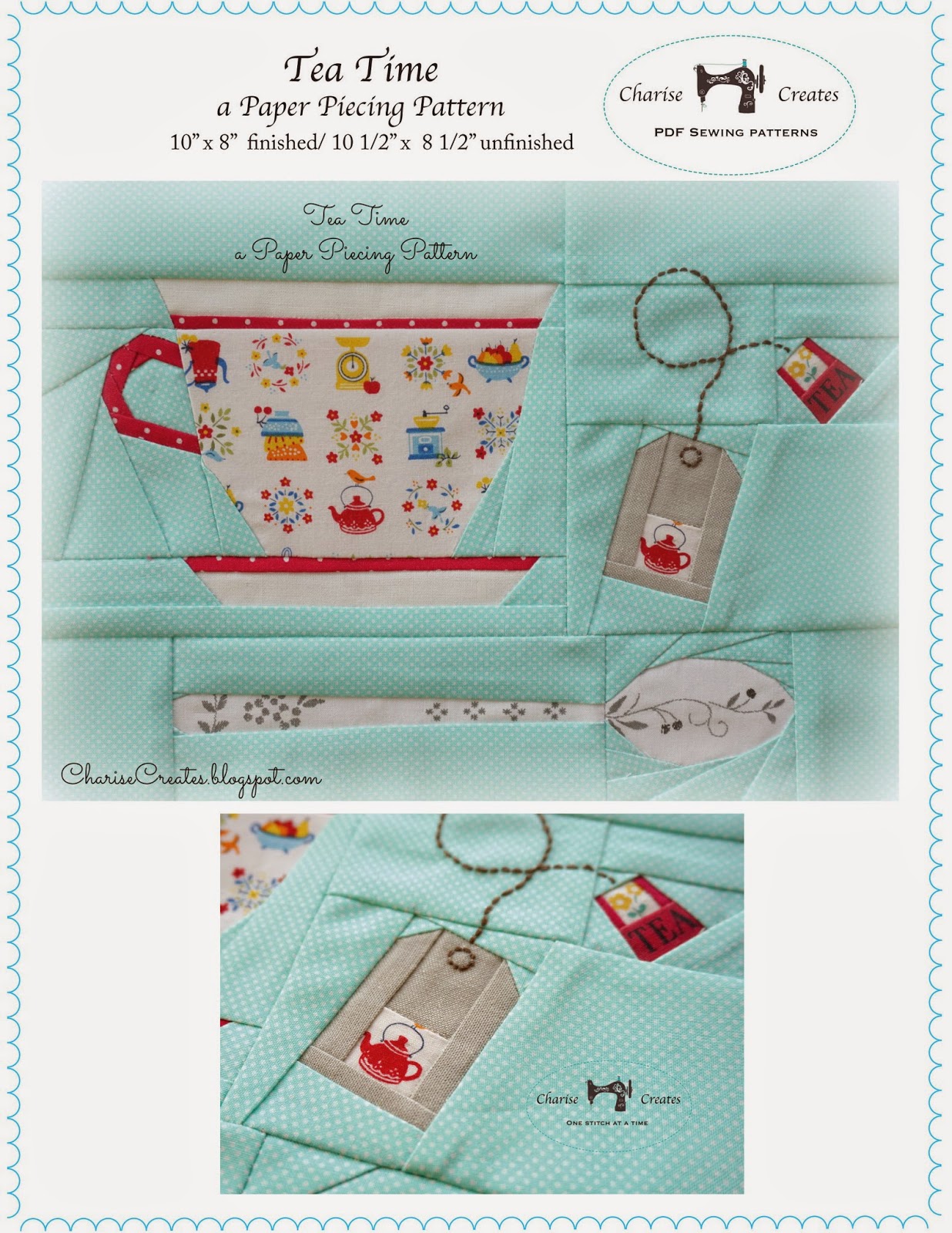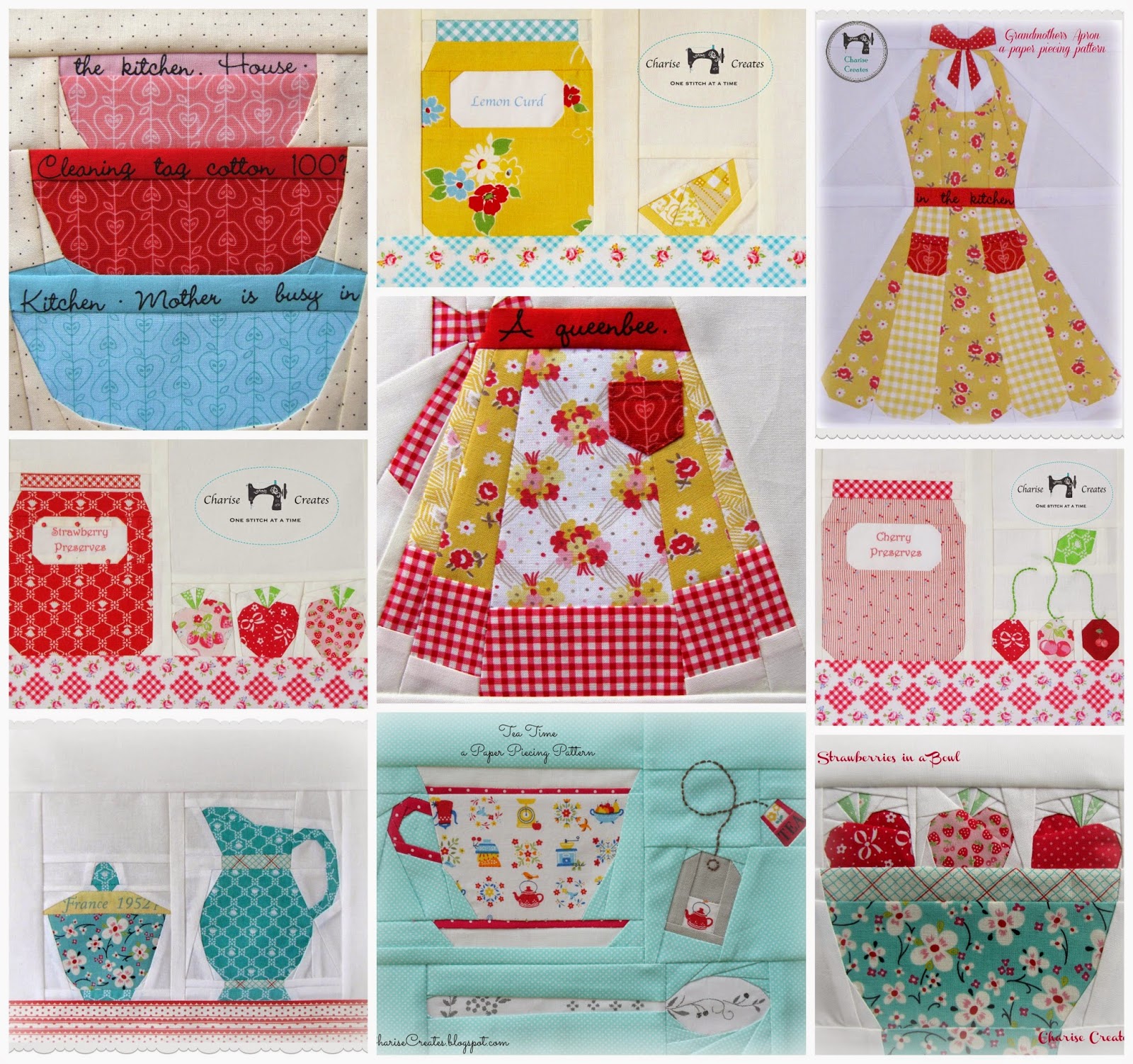Hello! So glad you stopped by today! I am sharing a tutorial for beginning foundation paper piecing using my new, FREE, Crayon pattern as the example. The crayon was featured in an article I wrote for the current issue of "Sew It All" as an example of a simple, one unit, foundation pieced block. If you are new to paper piecing, this is the perfect beginner pattern!
The pattern is available
HERE.
And be sure to check out
"Sew It All" magazine for my
Sewing Machine Cover : )
The fabrics I used for this are Robert Kaufmann Essex Yarn Dye linen in color flax for the background, solids and prints in my stash (favorite scraps work well for the small prints) and the text is an older Kumiko Fujita print.
You can find great Japanese prints on Etsy -
Sew Me a Song has a nice collection including a great selection of text prints including new Kumiko Fujita text prints.
You can find the tutorial for the Pencil Pouch [HERE]
***A few tips before you start***
~Foundation Paper Piecing uses a paper foundation for the block design. The stitching is done directly on the paper foundation pattern.
~The pattern is a reverse image of the finished block.
~ Paper piecing can be a bit confusing since the right side of the fabric is placed on the wrong side of the pattern. The stitching is done on the printed or right side of the pattern.
~Many foundation paper piecing patterns do not include seam allowance. Be sure to add a 1/4” seam allowance around the block or block sections if the pattern has more than one.
~Be sure and press each seam after you apply a new piece of fabric to your block. Use a dry iron so you do not distort the paper foundation pattern.
~Foundation Paper Piecing Supplies:
Most of the supplies you most likely already have in you tool box!
- Thread - All purpose thread or 100% cotton thread will work well. Choose a neutral color. I like to use cream or natural color thread. My favorite thread for paper piecing is Aurifil 50 wt thread.
- Needle - always start with a new sewing machine needle size 90/14. You will be sewing through fabric and paper which will dull your needle.
- Fine Pins - Pins are an important part of foundation piecing to keep fabric pieces in place when sewing. I like to use fine pins with a flat head. My favorite pins are .45mm ones from Clover.
- Paper or Vellum - You will transfer the pattern to paper to use as the foundation. There are lots of specialty papers for foundation paper piecing but copy paper also works well. Try out a few different kinds of paper to see what works best for you. I prefer a translucent vellum so you can see the fabric through the paper. Perfect for fussy cutting!
- Acrylic ruler. - You will need an acrylic ruler to trim your seam allowances to 1/4”. You can use a standard 12” acrylic ruler. “Add a 1/4” rulers are also a great option as they have a 1/4” lip ensuring accuracy when trimming seam allowance
- Fabric glue stick - A great tool if you need to secure a tiny piece of fabric that is too small for a pin.
- Rotary cutter and self healing cutting mat for trimming all the seams to a precise 1/4".
Let's Make a Paper Pieced Crayon!
Step 1
Print out the pattern. Use the printed copy or trace the pattern on to your foundation paper. When you print out the pattern, be sure to set your printer to “page scaling none” or "actual size" and check that the 1” test square measures correctly.
Step 2
Set your sewing machine stitch length to 16-18 stitches per inch. This will make it easy to remove the paper backing after you finish sewing the block together.
Flip the pattern over so the wrong or unprinted side is facing you. Place a piece of fabric, right side up, over section 1 making sure there is at least 1/2” fabric around the perimeter of the section. This will give you a little extra fabric when you are sewing. The right side of the fabric will be facing you. The wrong side of the pattern will be facing you. Hold the foundation pattern up to a light source to help position the fabric. Pin or glue in place.
Flip the pattern over so the printed side of the pattern is facing you. Fold the pattern back on the line between sections 1 and 2. Trim the seam to 1/4” using a rotary cutter and acrylic ruler. This is your seam allowance.
Place the adjacent fabric piece 2, right sides together with 1. Pin in place along the seam line.
Fold the fabric over to make sure is entirely covers 2.
Flip the fabric back over remove the the pin along the seam line and pin in place for sewing.
Flip the pattern over and stitch on the line between 1 and 2 back tacking at the end of the stitching line. If the seam line extends to the pattern edge, stitch 1/4” beyond the edge.
Flip the pattern over to the wrong side and fold back the second piece of fabric. Press in place.
Step 7
Add the remaining pieces of fabric in numerical order following steps #3-6.
Once all the pieces are added your block will look something like this.
Step 9
Trim the block 1/4” beyond the pattern edge.
Step 9
Remove the foundation backing paper. Give the block a good press.
Congratulations - you have made a paper pieced block!!!
Be sure to check out the Pencil Pouch Tutorial [HERE]























































